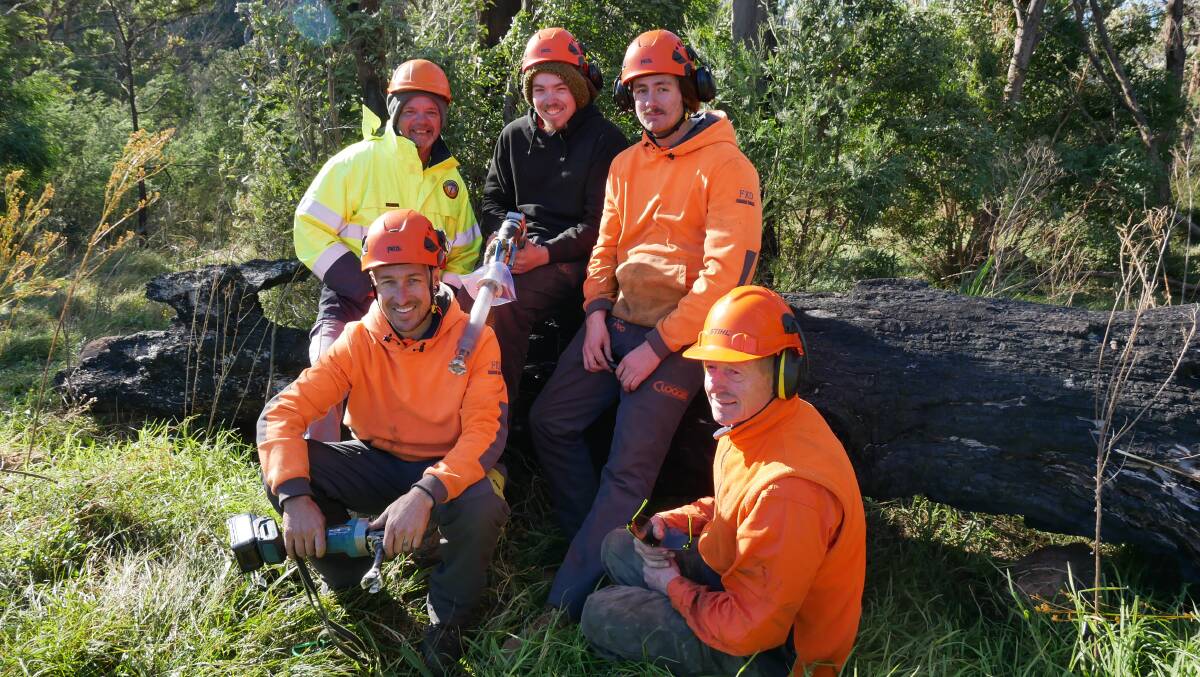
An incredible project in the Bega Valley carried out by the Bega Local Aboriginal Land Council (LALC) is nearing completion, with more than 100 new hollows created using an innovative new tool on pockets of land decimated by bushfires.
Subscribe now for unlimited access.
$0/
(min cost $0)
or signup to continue reading
For many years the only solution to creating habitat for vulnerable native species were wooden nest boxes, but ecologists have long known about their shortfalls when it comes to adequate temperature regulation, lifespan of the nest boxes, and overall uptake of the foreign-looking habitat by targeted species of wildlife.
Bega LALC project coordinator Peter Dixon said the aim of the project was to revitalise wildfire-affected areas across two of their properties.
The properties include Little Brown Mountain, a 99-hectare property near Bemboka and Tathra West, a 71-hectare property adjacent to Tathra township.
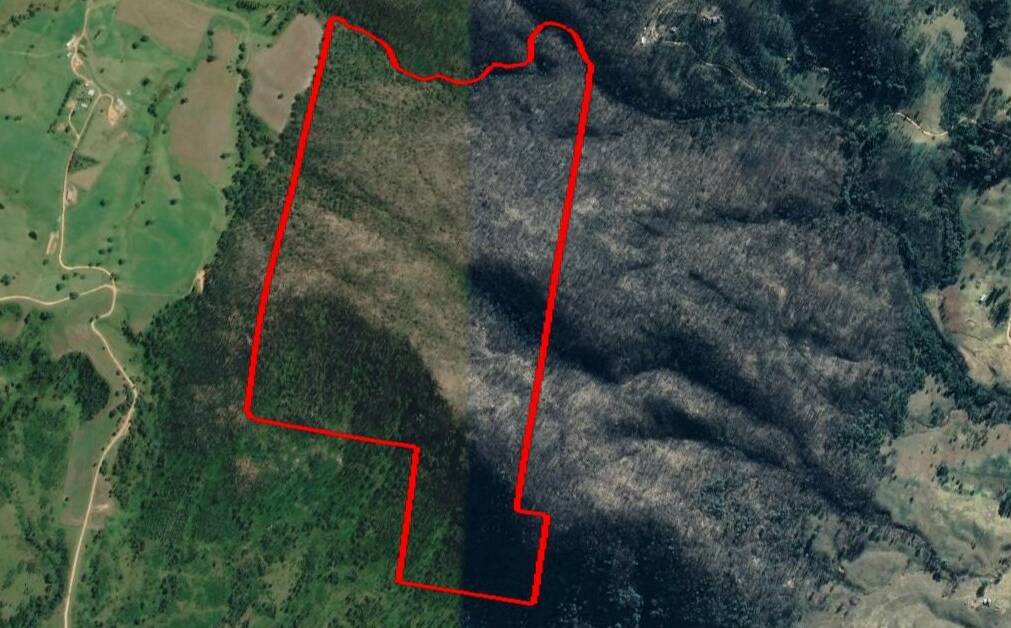
The project aims to heal country, build knowledge and partnerships by undertaking pest management techniques, native wildlife monitoring, and creating new hollows in bushfire-affected zones.
Little Brown Mountain was completely incinerated by extreme and intense fires during the Werri Berri area bushfires, north of Bemboka during the 2019/20 Black Summer bushfires.
The Tathra West property was badly burnt during the Reedy Swamp bushfires in March 2018.
Mr Dixon said Little Brown Mountain was still badly damaged and has been struggling to recover, but the Tathra property in comparison, had come back quite well.
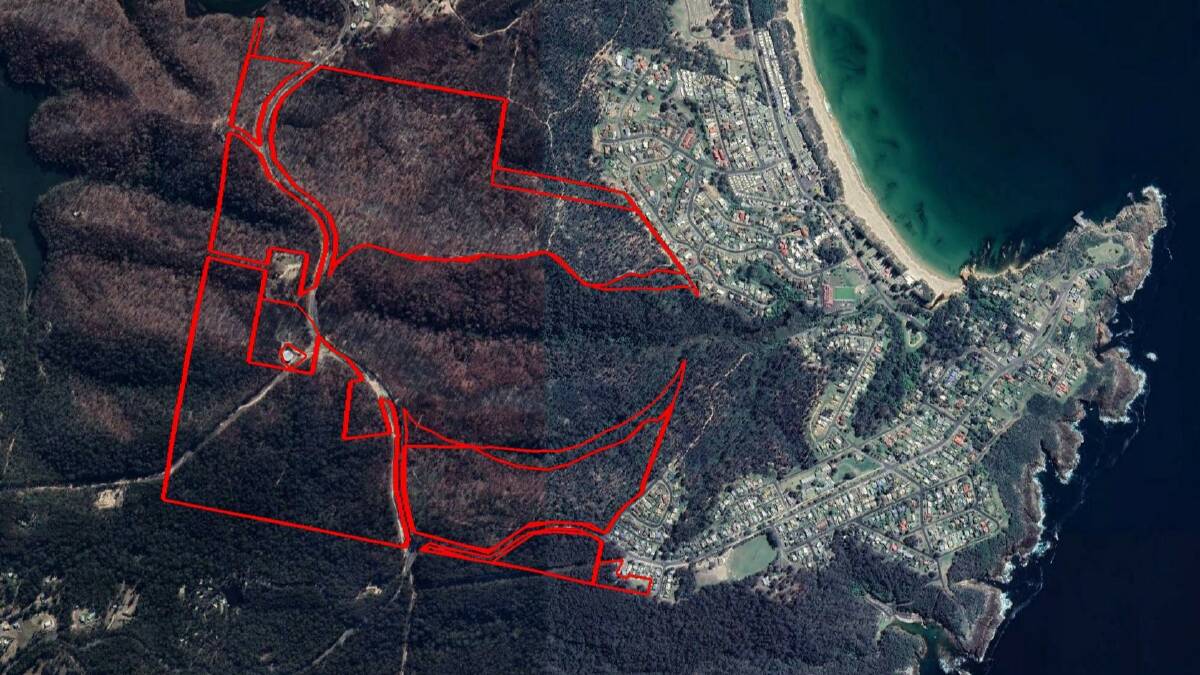
Ecologist Elisabeth Larsen, who has been working with the Bega LALC on the project, said both of the areas had been recognised as important regional biodiversity corridors.
The Tathra property has also been recognised for its fine tree canopy in a locality where there are few hollow bearing trees left on private land.
Countless old hollow bearing trees were destroyed by the bushfires that provided critical shelter for native species of arboreal fauna, such as birds, mammals, reptiles, bats, frogs, and invertebrates such as insects.
"I don't think people are aware of just how important hollows are for animals, and they are rapidly disappearing because it takes so long for a tree to develop suitable hollows - it could take 150-200 years," Ms Larsen said.
"There are certain species occurring that are hollow dependant, so they cannot persist in the landscape unless there are hollows available to them. An example in Tathra would be the yellow-bellied glider."
The original plan had been to install nest boxes, however when Pambula arborist Christjan Peters from Dynamic Tree Services got involved, he introduced the team to a new tool he had invested in that would create hollows that were very similar to naturally formed ones.
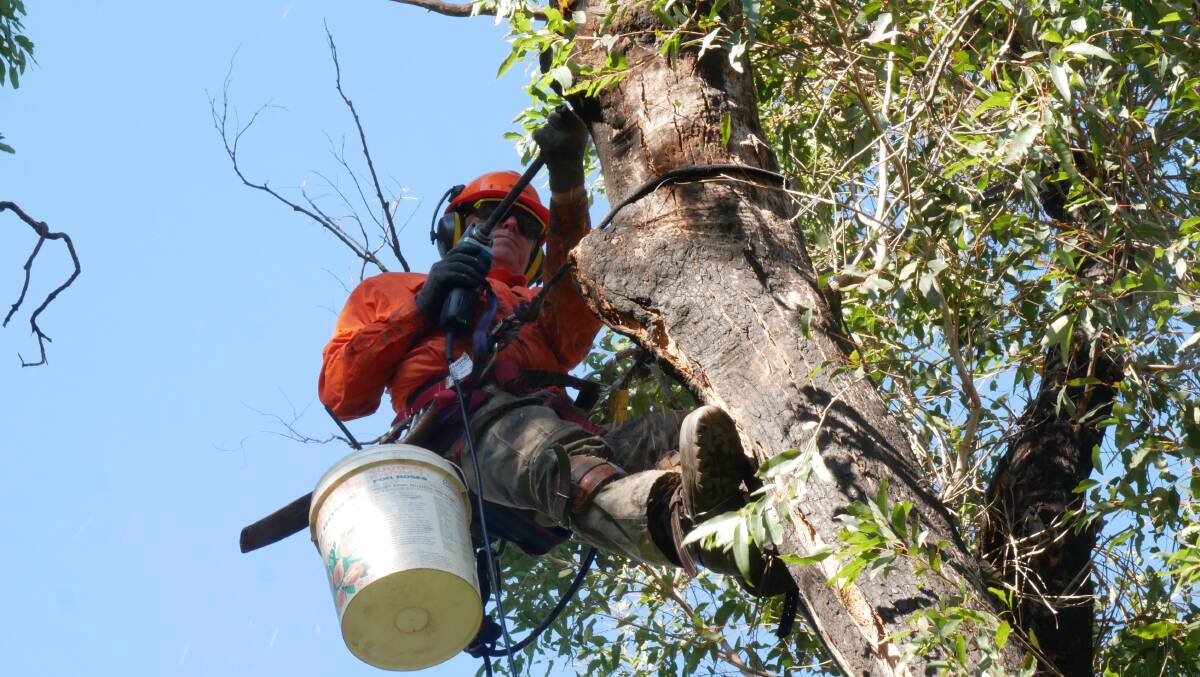
The Hollowhog tool was created by ecologist Matt Stephens, who has worked extensively in conservation management and horticulture.
"People putting out nest boxes were finding issues with them - they weren't lasting very long, they were not necessarily attracting the target species, and it just ended up being a home for lots of brushtail possums when they were targeting birds, for example," he said.
After noticing how lorikeets in his garden were chipping away at a hollow to make it suitable, Mr Stephens decided to work with an engineer to design a new tool that could be used to replicate the process.
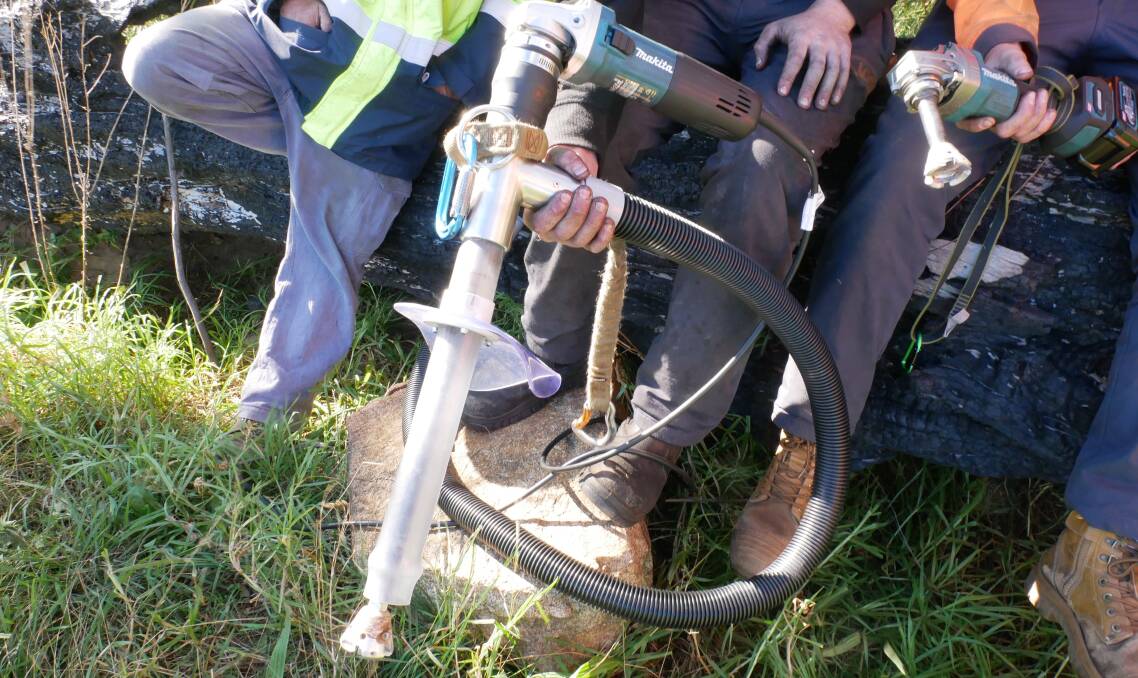
"The tool needed to be fast, safe to use, it needed to create a big cavity to a small entry into a tree. The fauna are looking to go through the smallest sized entrance that they can and then find a chamber that's big enough," he said.
RECENT NEWS:
The design process took about two years, with Mr Stephens conducting research on his own property and looking into the available literature to find out how damage to a tree's living tissue matter would affect it - a subject matter limited in Australia.
He realised creating a hole in a tree would result in the tree just closing off that area so he created a wooden bracket fixture that would protect the tree from rot, stop it from closing up, and be attractive to fauna.
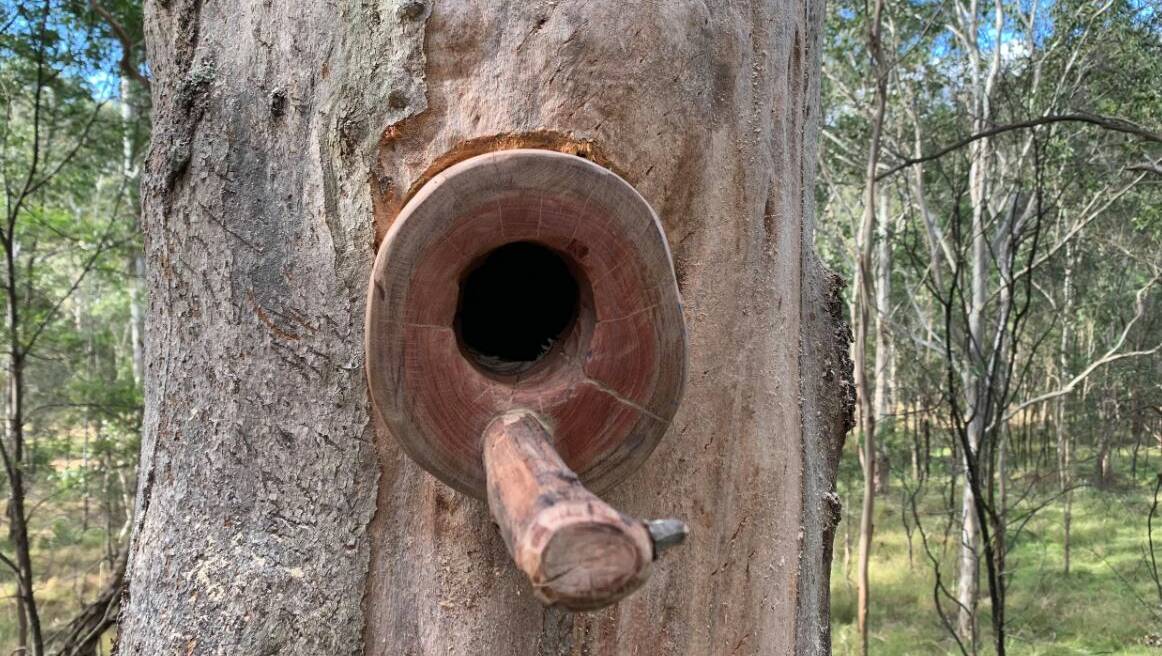
"I worked out that if I just take off the bark and the living tissue around that entrance hole and install one of these little false branch stubs, the tree would readily lock that into place and limit water getting in from storm events," he said.
He then got to the point where he started discussing it with arborists, something he said was crucial to discovering any pitfalls about the process.
"I knew the ecological side of things and I knew what fauna were after. I knew the basics of tree health, but I didn't have a 100% working knowledge of that aspect," he said.
"Arborists are all geared up about maximising tree health and I was really worried they would think this is a crazy idea and that I would destroy all the trees, but they've been really supportive and so far every arborist I've spoken to thinks this is a cracker idea."
Mr Stephens said the tool had shown success so far, with a powerful owl spotted investigating a hollow on the NSW Central Coast, and various species of native birds using the hollows in the Blue Mountains, west of Sydney.

The tool was only introduced to the market in 2021, but Pambula arborist Christjan Peters jumped at the opportunity to buy it as he had always been passionate about conservation.
"It's kind of contradictory to being an arborist and looking after the tree because introducing damage to the green, making a wound or speeding up the process is kind of not what we usually do," he said.
"Nest boxes have a place still because you can't go into a super public area with high traffic and high target area and start plunging into trees, because if a tree ever failed and it was somewhat linked to that cavity you made, it would be catastrophic.
"You also can't put big cavities in tiny trees," he said.
The team was hoping that as the vegetation regrows after the fires, the new hollows would play an important role in the recovery of these two very significant forested areas.
Funding from the project was sourced through Local Land Services NRM Regional Bushfire Recovery program to support forests of the NSW south coast.
Love your regional news? Then sign up for the Voice of Real Australia, daily news from across the country delivered free to your inbox


